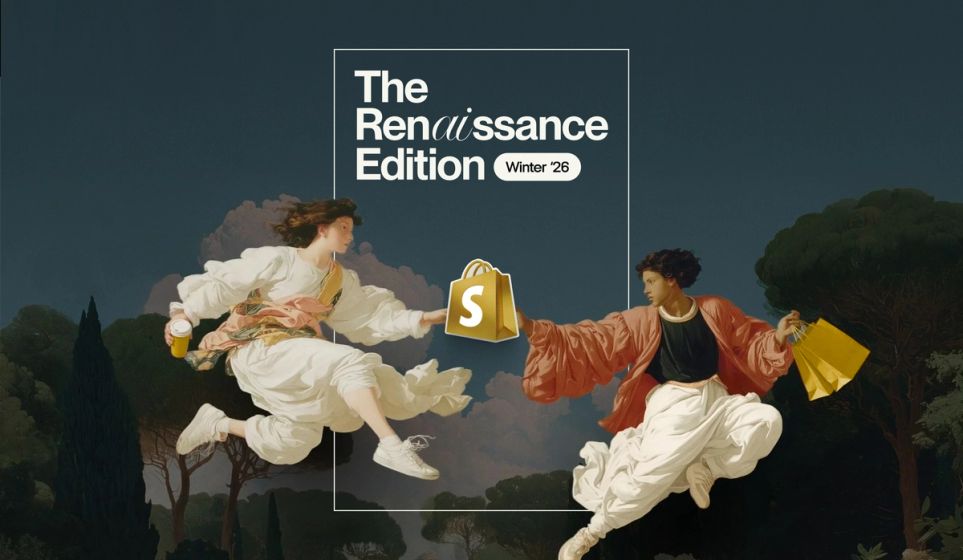
Netflix once claimed that its recommendation engine was worth over $1bn a year to the business [1], demonstrating just how valuable personalised content can be.
User data and dynamic content are a powerful duo. In fact, creating a more personalised user experience with the help of dynamic content can boost cart value, lower bounce rates, and increase conversions.
Here are just a few examples of how you can utilise dynamic content on your website.
1. Reward new friends
Savvy shoppers are always on the lookout for rewards, and discount codes are an easy way to drive new users directly to the check-out. With dynamic content, you can include more personalised messaging along the lines of ‘you’re new around here - here’s a welcome treat from us’.
2. Welcome back old friends
If you’ve captured a user’s name and email address, either through a newsletter sign-up or during the check-out process, then use dynamic content to give them a warm welcome. Something as simple as ‘Hello, John’ in the hero or a pop-up with a welcome back offer is a great way to grab the user’s attention as soon as they land on the site.
3. Suggest similar products and services
A quick way to upsell or cross-sell is to showcase items that you know your user typically searches for at the bottom of the page or in the shopping basket. Or, you can promote complementary items, for example, displaying brushes and rollers if the user already has paint in their basket.
4. Highlight travel times
Something you can really capitalise on is geolocation data. If you’re a luxury hotel in Newcastle that’s looking to attract weekend guests from London, why not include content such as ‘just an hour’s flight from the capital’? Or ‘This weekend, swap Central London for cultural Manchester.’
5. Promote free shipping based on location
Free shipping is great for driving sales. But if you only offer free shipping to those that reside in a specific region, then use geolocation data to your advantage and create a banner or pop up that only displays to the relevant audiences.
6. Count down to events and celebrations
If you’re a global brand, you can use your visitor’s location data to personalise your content in the run-up to specific events or celebrations. For example, Thanksgiving-related offers or products will only be relevant to U.S. audiences, so you can tailor your content to target these visitors only.
7. Remind returning visitors where they got to
Dynamic content is also a valuable way to combat abandoned carts. If users have visited your site before, but didn’t complete their purchase, you can trigger a pop-up or tab to show what was in their basket and enable them to pick up where they left off.
8. Offer perks based on basket value
An easy way to encourage customers to spend more is to display messaging based on basket value. Something as simple as ‘spend £5 more to get free delivery’ or ‘get a free gift when you spend another £20’ are both prime examples of how you can utilise data around user behaviour to drive revenue.
9. Gather valuable feedback
If your data tells you that a returning visitor has purchased from you before, then why not serve them a satisfaction survey to gather feedback? You could even throw in an incentive, for example ‘tell us about your recent purchase for a chance to win £50 off your next shop’.
[1] ‘The Netflix Recommender System: Algorithms, Business Value, and Innovation’, Carlos A. Gomez-Uribe and Neil Hunt, January 2016
Want to discover how to incorporate dynamic content into your next web project? Get in touch - we'd love to talk.


